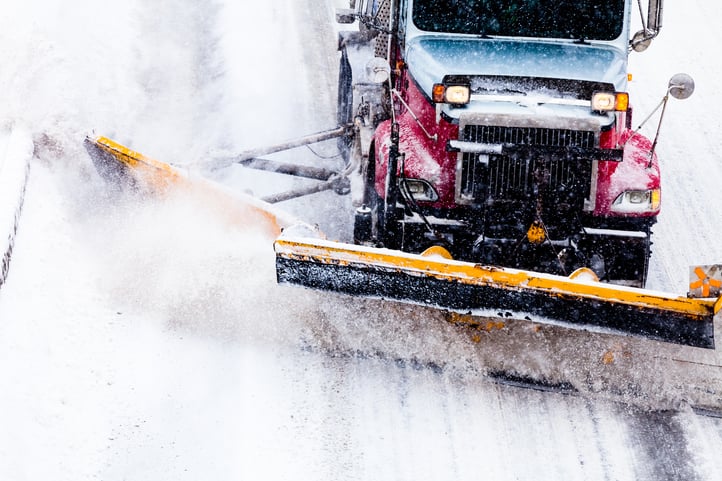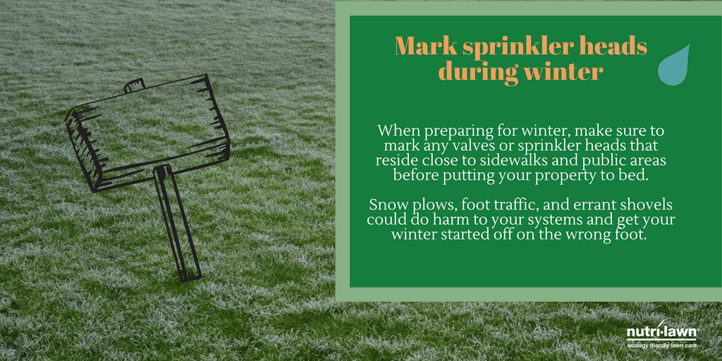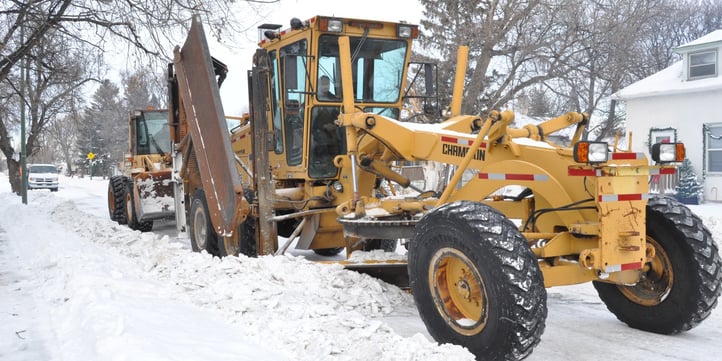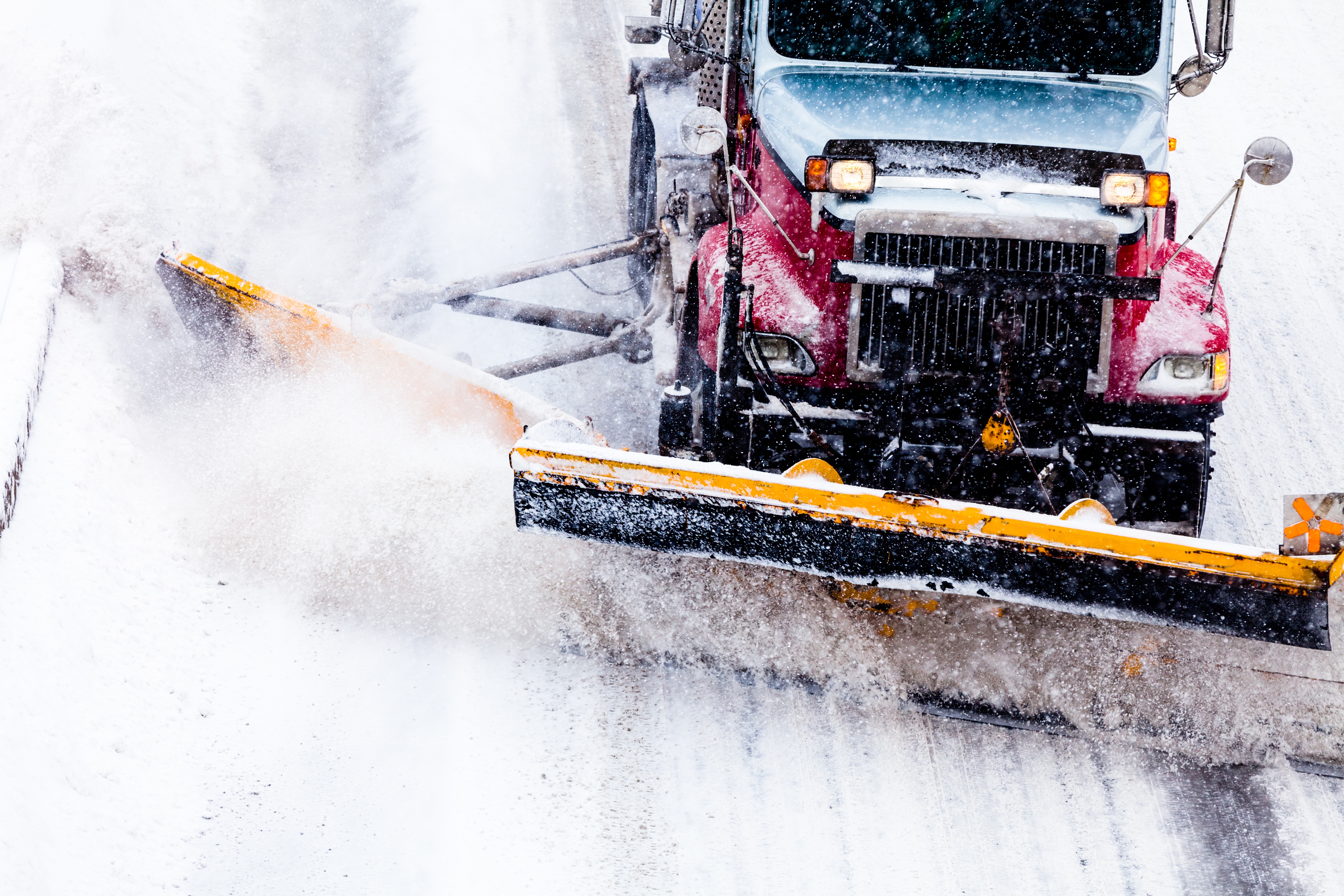
In many parts of Canada, a white, snow-filled winter is chugging along at a solid pace. What a way to start 2018!
Mother Nature aside, some of the most severe damage that can happen to a lawn over the winter months is often the most preventable. Snow removal equipment that is used to plow, blow, and remove snow can easily - and unintentionally - damage the turf when the boundaries aren’t properly identified. The edges from the road, driveway, sidewalk and along walkways are most vulnerable to harm, and can result in extensive damage if not properly monitored during the winter months.
Here's how to avoid pesky snow plow damage on your lawn
Snow Plow Damage
What causes snow plow damage, you ask? It's as simple as it sounds, really.
Severe damage is caused when snow plow blades dig in along the edges of the lawn, causing it to lift, rip, tear and slice, removing sections of the turf completely. Unfortunately, this usually transpires without most people ever knowing what's actually happening until it's too late.
RELATED > How to Combat Salt Damage On Your Lawn
To compound the damage, irrigation sprinkler heads are also often damaged, too. Irrigation sprinklers are commonly installed along the edges of the lawn, making them very vulnerable to plow damage if they are not marked. The same can be said for landscape lighting systems that border edges and can easily be damaged from plowing. Tires rutting from truck or tractor mounted plows can also create noticeable damage on the surface when they drive over the lawn. When it comes to winter damage, there's a lot more to worry about than meets the eye!
How to Fight it
The easiest way to avoid all of the above mentioned damage risks is to clearly identify the boundaries of lawn areas. Reflective snow plow markers and large bright stakes are recommended to help outline the edges, landscape and plant materials. These should be installed before the ground is frozen and before the first anticipated snowfall. Snow piles and banks can become high depending on the amount of snow, so ideally these markers need to be tall enough so they too don’t get buried in the snow!

Repairs
Depending on the extent of the damage, a number of options can be used to repair areas affected by snow plow intrusion. The most severe damaged sections missing chunks of sod may be repaired by piecing back together the removed pieces if they are still intact enough. Another option could be to re-sod these areas if the torn up sod is too badly damaged. For areas that only sustained minor damage, aggressive overseeding and topdressing practices can help re-establish turf.

Follow us on Facebook for a new lawn care tip every Tuesday, and get every new The Grass Expert blog direct to your newsfeed.








